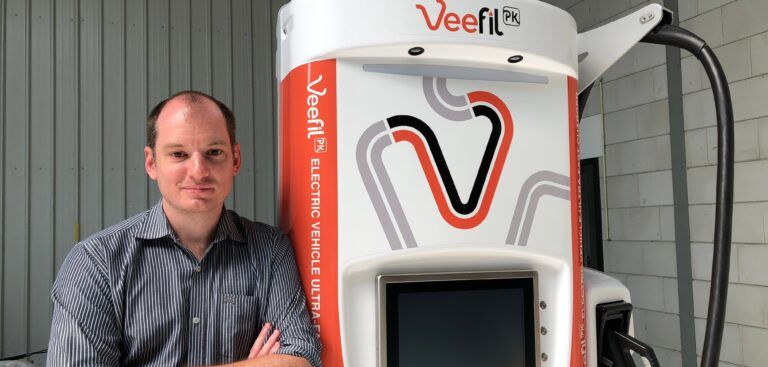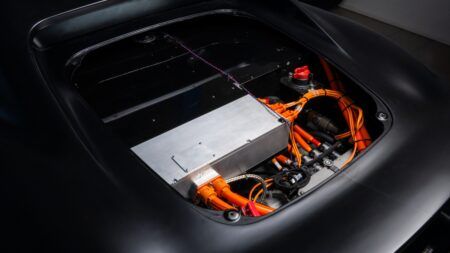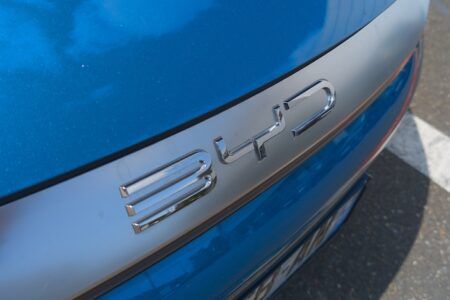The need to carry multiple charging cards or sign up to several charging providers to top-up an electric vehicle is quickly becoming a pain of the past as a charging solution that allows EV owners to simply plug in and pay as they go has been launched.
The technology from Tritium, an electric vehicle charging company, has released its Plug and Charge solution, which it claims is the ‘first-of-its-kind in the world’.
The technology, leveraging the ISO15118 standard, enables an electric vehicle and charger to communicate seamlessly and authorize payments directly from the driver’s account, without the need for a card or RFID tag. The Tritium offering is the first to market and is available immediately for charge point operators to deploy on Tritium’s PK350kW DC High Power Chargers.
The technology promises to reshape the customer experience (CX) for the driver and enable the once-siloed approach to charging payments to be broken down with disparate charging networks able to interoperate. Drivers will be able to approach a charger, regardless of the charging network operator, and their charge session will be automatically and securely billed from the moment the charger plug connects to the vehicle.
“This firmly and irreversibly tips the convenience scales to the recharging experience over the refuelling experience,” said James Kennedy, Chief Technology Officer and co-founder, Tritium. “It’s going to be as simple as how we charge our phones, but with the added benefit of charging our bank accounts at the same time.
“There is no more need for a membership card or even to swipe a bank card at a terminal; this is the first and most secure iteration available to the market and, once deployed to critical mass, will render any former payment process as archaic.”
Tritium claims the Plug and Charge solution is more secure than the former card-swipe or RFID tag payment method, which is commonly used today by other charging points
“A third party, such as Hubject – which provides an automated and secure data exchange enabled by ISO 15118-conforming Public Key Infrastructure – is responsible for cryptographic certifications between the vehicle and the charger, and our technology ensures we are securely storing cryptographic keys on the charger side in a way that other chargers can’t,” he said. “You’re more likely to lose a card and have someone swipe it somewhere than by someone being able to access account details via our Plug and Charge technology.”
The Tritium Plug and Charge technology has been tested in a live setting at a number of its PK350kW DC High Power Chargers in Germany.
The Tritium Plug and Charge solution has also been repeatedly tested at the Tritium E-Mobility Innovation Centre in Amsterdam, where automotive manufacturers have been able to test vehicles for interoperability with Tritium’s suite of DC chargers and software technologies, including Plug and Charge.
“This is a game changer for EV drivers in the future, making the charging as simple and as easy as it is for Android phones to charge with a USB-C adapter, for instance,” Kennedy said.





